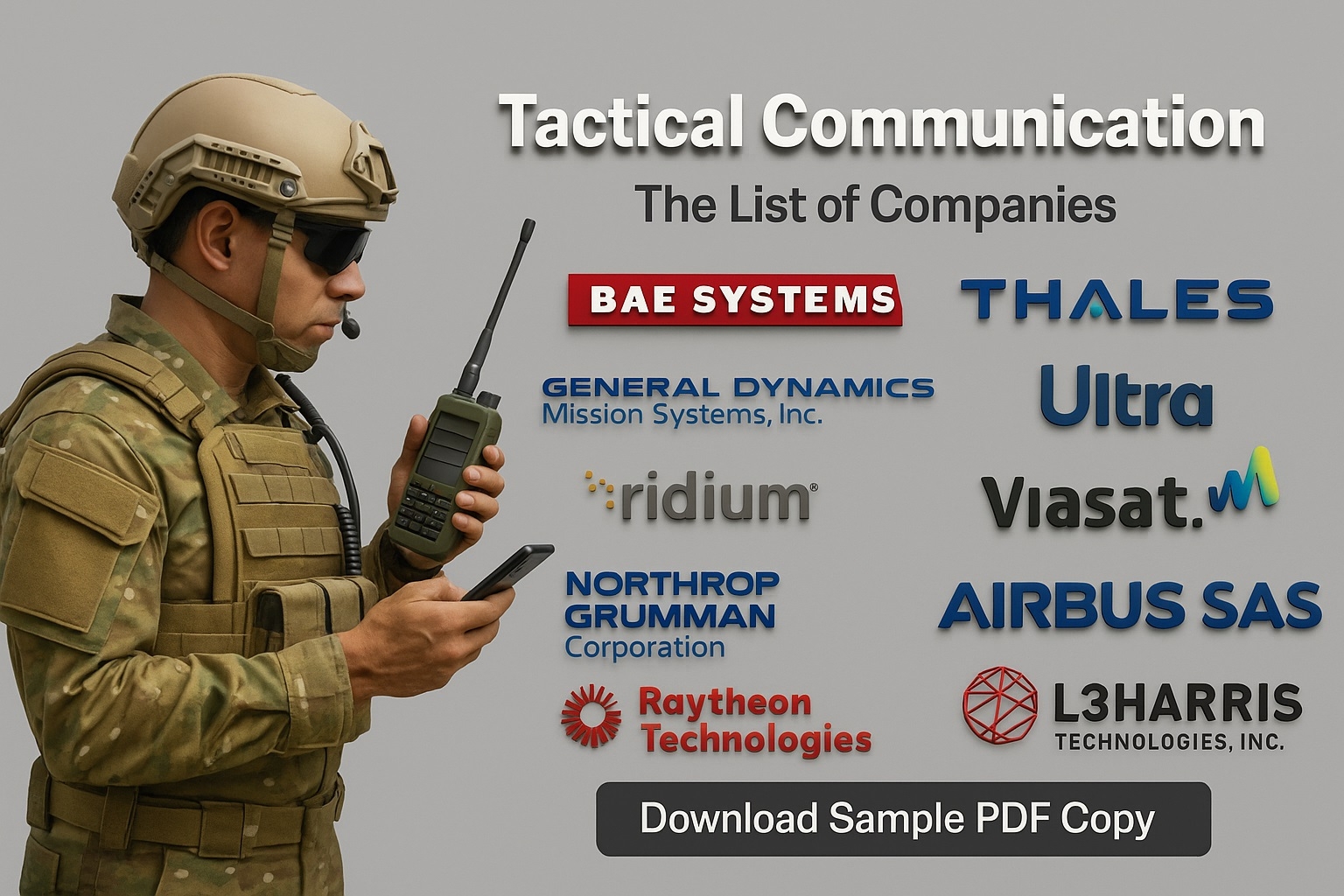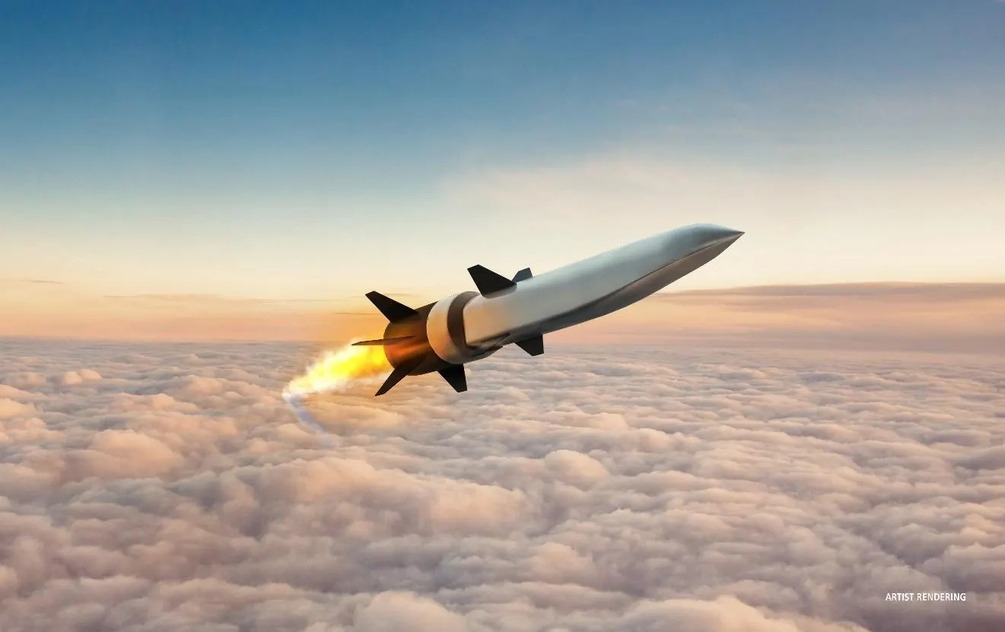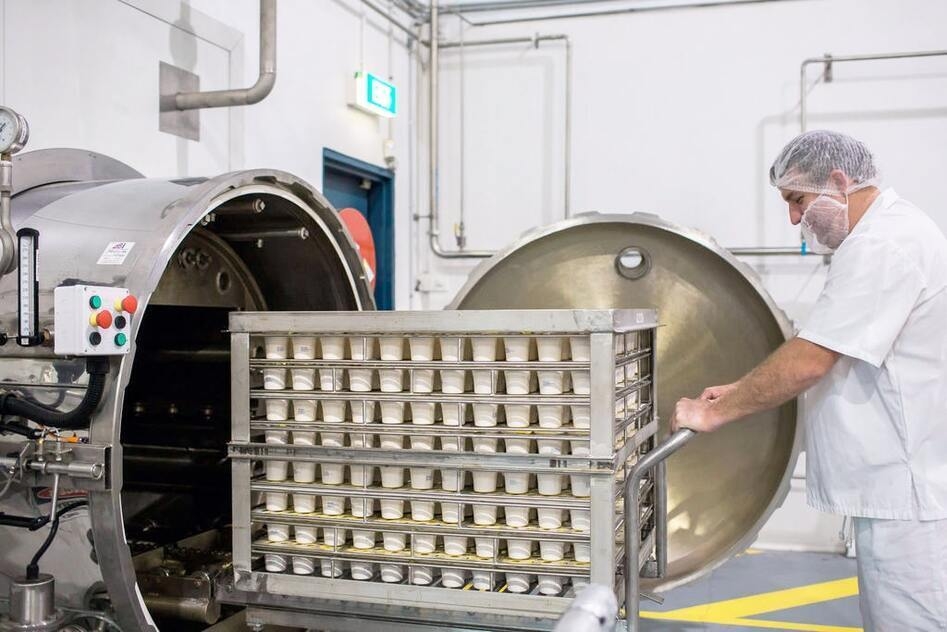Retort Packaging: Market Trends and Forecasts
Retort packaging is a modern food preservation method that has revolutionized the way we store and consume processed foods. This innovative packaging technique involves sealing food in a flexible, laminated pouch made from layers of plastic and metal foils, which is then subjected to high temperatures and pressure to sterilize the contents. The process, known as retort sterilization, ensures that the food remains safe to eat for extended periods without the need for refrigeration, making it an ideal solution for a variety of applications, from military rations to everyday consumer products.
The history of retort packaging dates back to the mid-20th century when the United States Army sought a more efficient way to provide soldiers with nutritious, long-lasting meals. The development of the retort pouch was a collaborative effort between the U.S. Army Natick Soldier Research, Development and Engineering Center, Reynolds Metals Company, and Continental Flexible Packaging. Their work culminated in the introduction of the retort pouch in the 1970s, which quickly gained recognition for its practicality and effectiveness2. The first commercial retort food product, a Japanese curry called “Bon Curry,” was launched by Otsuka Foods Company in 1968, marking the beginning of widespread adoption of this technology.
One of the primary advantages of retort packaging is its ability to maintain the quality and safety of food products over long periods. The high-temperature sterilization process effectively eliminates harmful microorganisms, including Clostridium botulinum, which can cause foodborne illnesses. This makes retort packaging a reliable alternative to traditional canning methods, offering similar levels of preservation while being more lightweight and convenient. The flexible nature of the pouches also allows for more efficient storage and transportation, reducing costs and environmental impact.
Retort packaging is highly versatile and can be used for a wide range of food products, including ready-to-eat meals, soups, sauces, baby food, and even beverages. The pouches can be designed with various features to enhance consumer convenience, such as easy-open tear notches, resealable closures, and spouts for pouring liquids. Additionally, the ability to print directly on the pouches provides ample space for branding and product information, making them an attractive option for manufacturers and retailers alike.
The construction of retort pouches involves multiple layers of materials, each serving a specific purpose. Typically, the outer layer is made of polyester for durability and printability, followed by a t-sealable surface that ensures a secure closure. This multi-layer structure not only protects the food inside but also contributes to the overall strength and integrity of the packaging.
In conclusion, retort player of nylon for puncture resistance. An aluminium foil layer acts as a barrier to light, oxygen, and moisture, while the inner layer, usually made of polypropylene, provides a repackaging represents a significant advancement in food preservation technology, offering numerous benefits in terms of safety, convenience, and sustainability. Its ability to extend the shelf life of food products without compromising quality has made it a popular choice across various industries, from military and emergency supplies to everyday consumer goods. As technology continues to evolve, retort packaging is likely to play an increasingly important role in meeting the demands of modern food production and consumption.
https://www.marketdigits.com/retort-packaging-market-1707206292 Retort Packaging: Market Trends and Forecasts
Retort packaging is a modern food preservation method that has revolutionized the way we store and consume processed foods. This innovative packaging technique involves sealing food in a flexible, laminated pouch made from layers of plastic and metal foils, which is then subjected to high temperatures and pressure to sterilize the contents. The process, known as retort sterilization, ensures that the food remains safe to eat for extended periods without the need for refrigeration, making it an ideal solution for a variety of applications, from military rations to everyday consumer products.
The history of retort packaging dates back to the mid-20th century when the United States Army sought a more efficient way to provide soldiers with nutritious, long-lasting meals. The development of the retort pouch was a collaborative effort between the U.S. Army Natick Soldier Research, Development and Engineering Center, Reynolds Metals Company, and Continental Flexible Packaging. Their work culminated in the introduction of the retort pouch in the 1970s, which quickly gained recognition for its practicality and effectiveness2. The first commercial retort food product, a Japanese curry called “Bon Curry,” was launched by Otsuka Foods Company in 1968, marking the beginning of widespread adoption of this technology.
One of the primary advantages of retort packaging is its ability to maintain the quality and safety of food products over long periods. The high-temperature sterilization process effectively eliminates harmful microorganisms, including Clostridium botulinum, which can cause foodborne illnesses. This makes retort packaging a reliable alternative to traditional canning methods, offering similar levels of preservation while being more lightweight and convenient. The flexible nature of the pouches also allows for more efficient storage and transportation, reducing costs and environmental impact.
Retort packaging is highly versatile and can be used for a wide range of food products, including ready-to-eat meals, soups, sauces, baby food, and even beverages. The pouches can be designed with various features to enhance consumer convenience, such as easy-open tear notches, resealable closures, and spouts for pouring liquids. Additionally, the ability to print directly on the pouches provides ample space for branding and product information, making them an attractive option for manufacturers and retailers alike.
The construction of retort pouches involves multiple layers of materials, each serving a specific purpose. Typically, the outer layer is made of polyester for durability and printability, followed by a t-sealable surface that ensures a secure closure. This multi-layer structure not only protects the food inside but also contributes to the overall strength and integrity of the packaging.
In conclusion, retort player of nylon for puncture resistance. An aluminium foil layer acts as a barrier to light, oxygen, and moisture, while the inner layer, usually made of polypropylene, provides a repackaging represents a significant advancement in food preservation technology, offering numerous benefits in terms of safety, convenience, and sustainability. Its ability to extend the shelf life of food products without compromising quality has made it a popular choice across various industries, from military and emergency supplies to everyday consumer goods. As technology continues to evolve, retort packaging is likely to play an increasingly important role in meeting the demands of modern food production and consumption.
https://www.marketdigits.com/retort-packaging-market-1707206292





